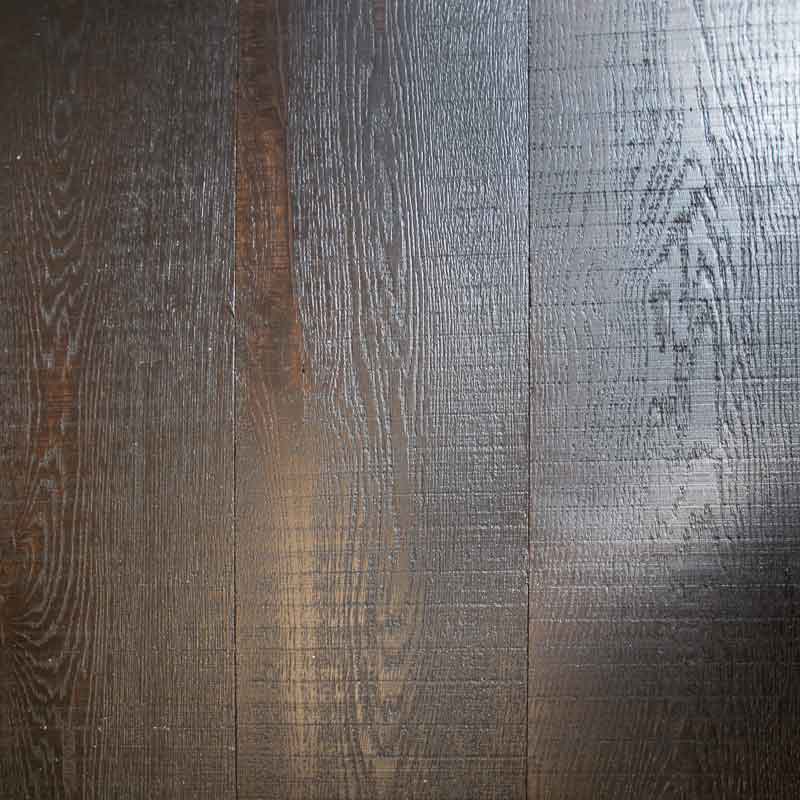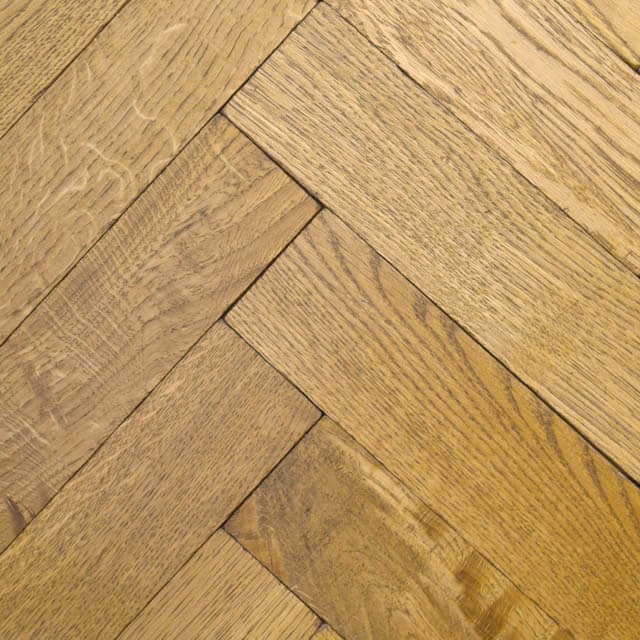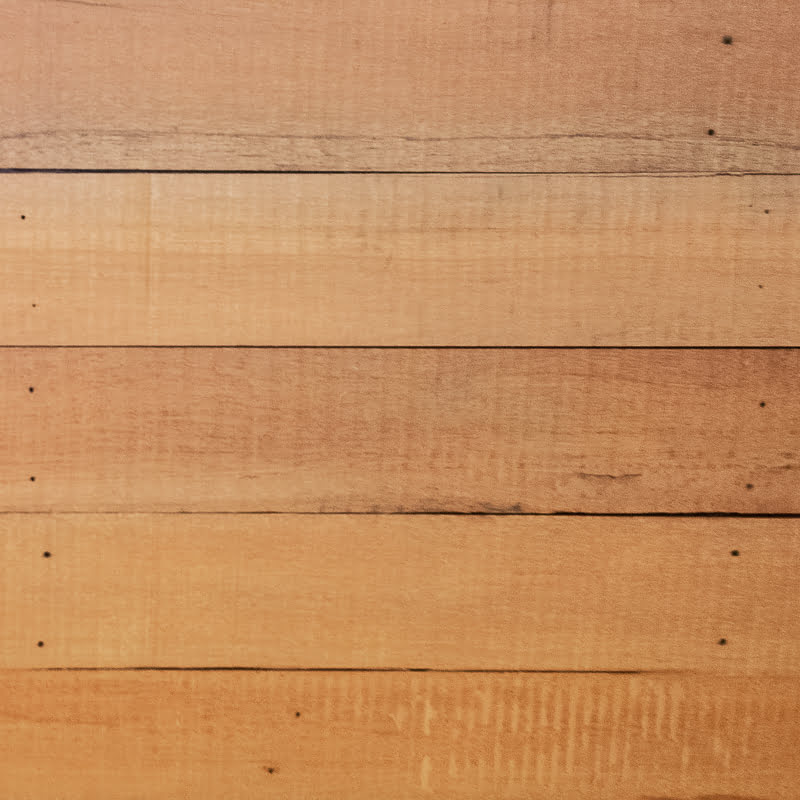The History of Wood Flooring

The Colonial Era (1607-1780)
The humble beginnings of wood flooring were in the form of thick tight-grained planks roughly cut from the abundant ancient forests of America during the Colonial Era. These enormous trees (mainly old-growth Pine) were laboriously cut and fashioned by hand into very large rustic floorboards which were left unprotected by any finishes.

There were early attempts to finish wood with wax from the mid-1700s. This soft finish was able to resist water and wear, but it needed to be regularly reapplied because it wore off so quickly.

Baroque Era (1625-1714)
The Baroque Era saw the arrival of wood flooring in European homes. Commonly, these were laid very simply in homes that previously had beaten earth floors.
Originating in the homes of French nobility, a new type of flooring appeared in Versailles, France, during this time. Skilled craftsmen hand cut small pieces of various coloured hardwoods into artistic geometric patterns. These intricate Parquet flooring patterns became popular with society’s elite circles. The craftsmen began experimenting with stains and finishes, and these elaborate styles became fashionable with the very wealthy, making a significant mark on the world of interior design.

Victorian and Edwardian Eras (1837 – 1914)
During the Victorian Era, technological advances of the industrial age introduced machines that refined the lumber milling process. This lead to a considerable increase in timber production.
The industrial revolution and the need for better housing led to an increased demand for wood flooring materials. Oak was widely available and became highly sought after due to its strength, workability, and natural beauty. Choices were still restricted to local species of tree at this time, and as hardwoods became harder to source, softwoods were sometimes used as a more affordable alternative.
The fashion of European parquet floors spread across the Atlantic and could be found in some of the most luxurious and opulent homes.
Varnishes discovered in the mid-eighteenth century came into use on wood flooring shortly after. Penetrating varnish oils such as Tung and Linseed oils became popular around 1865.
Wood milling technology progressed quickly, bringing higher quality products to market. Vast improvements in the wood flooring arrived between 1885-1898, with the development of machines called the side-matcher and the end-matcher. These machines allowed mills to add tongue and groove joints to floorboards. This meant they could be fitted more quickly and efficiently than ever before and elegantly concealed nail holes to create a much more uniform, refined appearance. It soon became the most popular domestic flooring in the Edwardian Era. Herringbone patterns using tongue and grooves also became more common.
A wider variety of domestic hardwoods were now being used, and more exotic species began to be imported for their structural and aesthetic properties.
The 1920s
After dominating the residential flooring market hundreds of years, hardwood floors finally had some competition from linoleum and cork in the 1920s. These new flooring materials quickly became popular because they were affordable, simple to fit, and easy to maintain.
The 1930s
In the 1930s improvements in protective finishes, such as the introduction of Polyurethane, increased durability of wood flooring. As a result, wood continued to fight off increasingly tough competition from newer products on the market. However, the trend for cheaper resilient flooring continued.
Post-World War II
After World War II, carpets became a much more affordable option due to mass production of synthetic fibres. Carpets were now a prevalent choice. This marked the start of a thirty-year decline in the use of wood flooring in domestic properties.
Polyurethane pushed aside inferior wood finishes such as natural shellacs and varnishes. It provided a hard, protective surface that made wood flooring much easier to clean and maintain.
Unfortunately, the reputation of wood flooring as a luxury option was tarnished due to widespread corner-cutting in the wood flooring industry as it fought hard to survive. Pay cuts for floor fitters resulted in a drop in the quality of workmanship, especially in parquet floors. This damaged the public perception of a hardwood floor.
1980-1990s
Thankfully, the mid-80s brought a wood flooring revival, and customers rediscovered the timeless warmth and natural beauty of timber.
Production improvements and the availability of engineered flooring increased the affordability and versatility of hardwood flooring. It also made it a more sustainable option. Pre-finished floorboards also gained popularity, allowing customers to avoid the hassle and costs of on-site finishing.
Today
Technology in the world of wood flooring has come on leaps and bounds over the years. It is now a very versatile flooring choice, and there are countless texture, tone, and style options available.
Chaunceys’ range of engineered wood flooring is constructed using a 6mm solid wood wear layer which is bonded to a core board made of high-grade birch plywood. It is a very stable board suitable for any room, including areas with underfloor heating.
Bespoke Finishing
Using state-of-the-art production methods, we can create wood flooring to your exact specifications. Our wood flooring finishes are now more durable than ever and are available in a wide range of tones and sheen levels to suit all tastes.

Our team of experts can also create a wide range of textures in-house, from light brushing to our eye-catching sawn and brushed boards. Choosing a brushed board is a great way to create a traditional look and can give your wood flooring the character of reclaimed timber.





